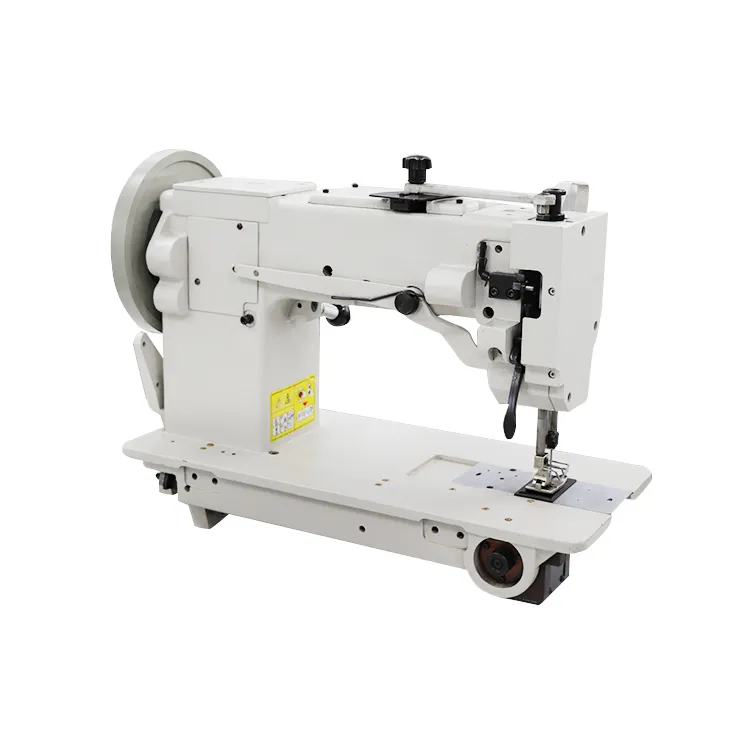automotive sewing
The Art of Automotive Sewing Crafting Comfort and Style
In the realm of automotive design, aesthetics and functionality go hand in hand. One of the most critical yet often overlooked aspects of this dynamic is automotive sewing, the art of crafting vehicle interiors that not only look appealing but also offer comfort and durability. As automotive manufacturers strive for greater customization, the role of sewing in vehicle interiors has become increasingly significant, blending traditional techniques with modern technology.
The Importance of Automotive Sewing
Automotive sewing is fundamental to the production of various components, including seat covers, headliners, door panels, and trims. These elements are crucial not just for the vehicle's appearance but also for providing a comfortable environment for passengers and ensuring safety features are effectively integrated. The materials used in automotive sewing are specially designed to endure the rigors of daily use, including exposure to UV rays, temperature fluctuations, and physical wear.
Materials Used in Automotive Sewing
The materials involved in automotive sewing have evolved significantly. Traditionally, leather and fabric were the primary choices, but advancements in technology have introduced an array of synthetic materials that mimic the appearance and feel of natural fibers while offering enhanced durability and ease of maintenance. For instance, synthetic leather, often referred to as vegan leather, is now popular for its luxurious look, resistance to stains, and ease of cleaning.
Additionally, manufacturers increasingly prioritize eco-friendly materials. Recycled plastics and sustainable fabrics are being integrated into automotive interiors, catering to the growing demand for environmentally responsible products. This shift not only enhances the aesthetics of vehicles but also resonates with a broader audience concerned about sustainability.
The Role of Technology
The automotive sewing industry has witnessed the incorporation of high-tech machinery and software that streamline the production process. Computer-Aided Design (CAD) software allows for precise measurements and designs, ensuring that each component fits seamlessly within the vehicle. With the use of computer-controlled sewing machines, manufacturers can achieve intricate stitch patterns and designs that set a vehicle apart in a competitive market.
automotive sewing

Moreover, advancements in automation have increased efficiency and reduced the time required for production. High-speed sewing machines can now perform complex tasks, allowing for the quick assembly of interiors without compromising quality. This technological leap not only reduces costs but also allows manufacturers to offer more customization options to consumers.
Craftsmanship and Design
Despite the rise of automated processes, the human element remains vital in automotive sewing. Skilled artisans bring creativity and attention to detail that machines cannot replicate. Designing a vehicle’s interior requires an understanding of color, texture, and ergonomics—all of which contribute to the overall driving experience.
From luxury cars boasting hand-stitched leather seats to affordable models featuring stylish fabric upholstery, the choice of design greatly impacts consumer perception. Customization options—such as different stitching colors, embroidery, and unique patterns—allow consumers to personalize their vehicles, enhancing their connection to the car.
Future Trends in Automotive Sewing
Looking ahead, the trends in automotive sewing are leaning towards even greater personalization and integration of technology. With the rise of electric vehicles and autonomous driving technologies, interior spaces are becoming more flexible and customizable. This evolution opens new avenues for automotive sewing, with options for innovative designs that cater to changing consumer lifestyles.
Additionally, the demand for smart textiles equipped with sensors for enhanced functionality—such as climate control and health monitoring—will shape the future of automotive interiors. These advancements will continue to blur the lines between traditional craftsmanship and cutting-edge technology.
Conclusion
Automotive sewing is more than just a means to an end; it is an art form that brings creativity, comfort, and functionality into the vehicles we drive. As the industry continues to evolve, it embraces a combination of skilled craftsmanship and modern technological advancements, ensuring that the interiors of tomorrow's vehicles will be as stylish as they are practical. The journey of automotive sewing, from its humble beginnings to its innovative future, reflects the evolving landscape of the automotive industry itself—a fusion of tradition and innovation that caters to the ever-changing needs of consumers.
-
Industrial Cylinder Arm Sewing Machine: Revolutionizing Heavy-Duty SewingNewsJul.28,2025
-
Cylinder Arm Sewing Machine: Perfect for Special Sewing ApplicationsNewsJul.28,2025
-
Cylinder Bed Sewing Machine: Essential for Sewing Complex MaterialsNewsJul.28,2025
-
Heavy Duty Sewing Machine: The Essential Tool for Industrial ApplicationsNewsJul.28,2025
-
Computerized Pattern Sewing Machine: Revolutionizing Precision StitchingNewsJul.28,2025
-
Heavy Duty Industrial Sewing Machine: Power Meets PrecisionNewsJul.28,2025
-
Leather Sewing Machine: The Industrial Standard for Tough MaterialsNewsJul.18,2025





























